PreSonus Eris E4.5 Review - 4.5" Powered Studio Monitors (Pair)
Street Price:
Manufacturer:
Product Links:
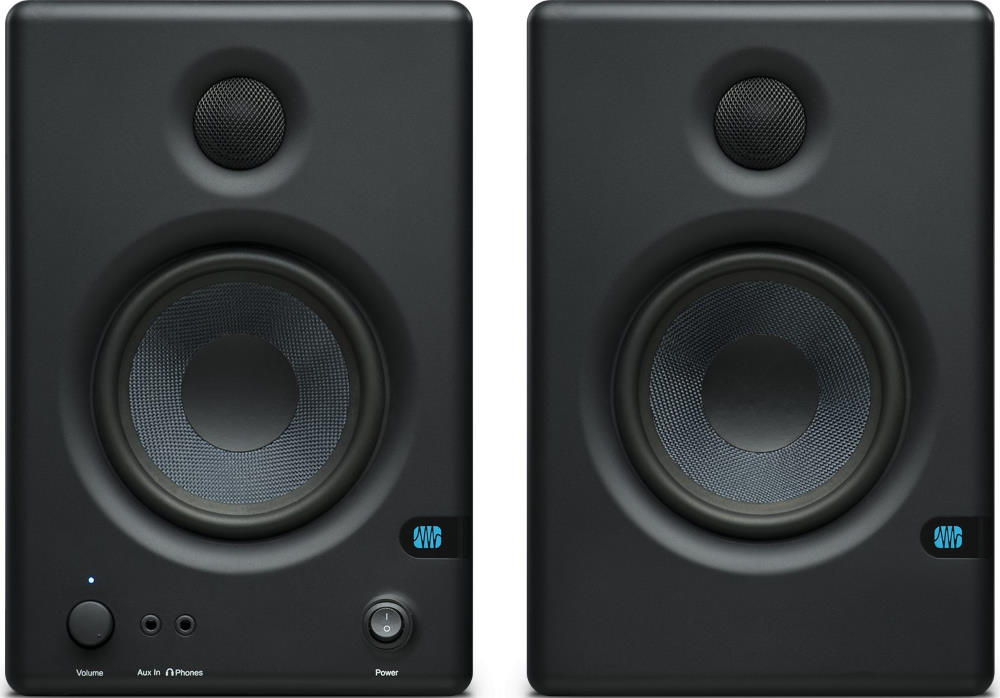
The Presonus Eris 4.5 is a pair of small speakers. Are they a serious tool for critical listening and mixing or just multimedia speakers in studio monitor clothing? Let's get into it.
After about 8 years of loyal service, my first pair of studio monitors the KRK Rokit 5 G2's finally started to fail on me. I'd already sent them in for service one time before, they came back sounding worse and had again started to give out.
I decided it was time to retire them and get a new set. I have a general, self-imposed rule with music gear - use it until it dies then replace it with an upgrade. This way, I can start with entry level equipment and feel the improvement at every step without paying for something I couldn't appreciate at my current level.
Unfortunately due to budget constraints, this was not an option this time around. I desperately needed a pair for an upcoming project and had no time to save up. This is how I landed with the Eris E4.5.
They come as a pair with one of the speakers acting as an amplifier for both units. I also mulled the option of a pair of Eris 3.5's, with hopes of them serving as a secondary pair of monitors as soon as I upgraded to better boxes, but I didn't want to risk getting the low end all wrong with the album I'd soon be mixing.
Sound Quality
It sounds neutral to my ears, with clear highs great for nearfield use. Mixing on these is a breeze and can even be used for content consumption if you don't mind the slightly harsh reference tuning on these speakers. As with any studio monitors, these will greatly benefit from an acoustically treated room and some isolation pads or stands. These are best used at a low to medium volume because although they can get quite loud; they start to distort and lose detail at little above "fun" volumes.
Speaking of fun, I find that these speakers are not as "fun" sounding as my old Rokits with their boosted bass but analytical and blunt, revealing flaws in my recordings.
Freebies
It came with a free sticker, it's not much but I'm a sucker for these sorts of details (I'm a bit of a sticker fan in case you can't tell). Also in the box are 2 audio wires, one 1/8" jack to RCA to plug straight into consumer grade devices with a headphone out such as laptops or some smartphones and an 1/8" stereo cable for when you want to go straight into the aux in but I recommend getting some TRS balanced cables for less interference noise if your device supports this. These don't come with an XLR option but neither does my interface so that doesn't bother me too much.
When I purchased my pair back in 2019, it didn't come with free software so its value proposition has since skyrocketed now coming with a plethora of instruments and effects to get you started.
Control
Having the volume knob at the front seems like a no-brainer but there are manufacturers who opt to place the volume controls elsewhere. I feel this is a nod to users that might want to use these as their computer speakers forgoing an audio interface altogether.
Behind are some basic mid and high frequency adjustment options to dial in the sound to match your room response and ears. The +/- 6 dB range of adjustability is quite dramatic and can be heard by even less than golden ears.
In newer versions of the Eris 4.5 they have removed the acoustic space adjustment and low-cut switches, It's a shame because they do come in handy when dealing with resonant and ringy rooms.
Build Quality
The build quality is not bad, not stellar. It doesn't feel too premium but spartan in a good way. It gives you the impression that all the money your paying is going into sound quality. The word I would use is "adequate". It has reversed-dome woofers and permanently grilled tweeters, an added convenience for those with kids in the house. You don't have to worry about your young ones deforming your drivers!
The unassuming matte black finish of the speaker cabinets masks dust and dirt quite well although blemishes can be apparent on the woofer.
Included Accessories
- Speaker wire
- 1/8-inch TRS to Stereo RCA Cable
- 1/8-inch Stereo Cable
Bundled Software
Support Information
- Quick Start Guide
- Eris Support Discussion Forum
- Owner's Manual
- PreSonus Support
- Warranty - 1 Year Limited
Tech Specs
- Inputs: 1 x Stereo 1/8", 2 x Balanced ¼” TRS, 2 x Unbalanced RCA
- Frequency Response: 70 Hz - 20 kHz
- Amplifier Power: 25W/Speaker
- LF Driver: 4.5"
- HF Driver: 1” Silk Dome
- Peak SPL (@ 1 meter): 100 dB
- Protection: RF Interference, Output-Current Limiting, Over-Temperature, Turn-On/Off Transient, Subsonic Filter, External Mains Fuse
- Controls: Volume, HF Control (-6 to +6 dB, center at 10 kHz), MF Control (-6 to +6 dB, center at 100 Hz)
- Cabinet Material: Vinyl-Laminated Medium-Density Fiberboard
- Dimensions: Width 6.4", Depth 7", Height 9.5"
- Weight: 13 lbs.
Cons
- Limited headroom, doesn't get too loud before distorting
- Limited bass response and slightly congested mids
- Known issue with scratchy volume pot - watch this video as I turn the volume knob:
What started out to be a minor inconvenience has since progressed into a major flaw. Upon researching online, exercising the volume knob should help this... but I've done that a lot and it hasn't helped a bit. I guess its time to take these in for service.
Pros
- Sound neutrality and clear high end
- Great value and includes useful accessories
- Packs a respectable amount of input options
- Lightweight and reasonably portable
I was able to get decent translation from my mixes with this pair, sometimes even better than with my old Rokit 5's.
Overall Advice
It's a good pair of nearfield monitors for a low price, but I would stop short of calling them great. I would recommend them as a first pair. But if you get these and the knobs are a little scratchy, get a replacement right away because it will get worse. So are they real studio tools or merely multimedia speakers?
I would say they possess the DNA of both and can fill the role of either. If you're playing music for a bunch of clients, these might not impress but for personal use, they'll do the trick. If you can spend more, I would go for individually powered active monitors, for some highly rated options at different price points you can peruse our guide to studio monitors. I might pair these with a studio subwoofer to reveal the low end of my mixes or get larger monitors altogether, I'd like to hear your advice in the comments below on what you think is the better option.
Alternatives
Its slightly smaller sibling the Eris E3.5 is a highly rated alternative for less. Also, for more home and enthusiast applications, I recommend getting the Bluetooth version since the proposition of going wireless is enticing when it comes to relaxing and listening to music for fun.
Some of my experience in music production includes producing local indie bands, creating jingles for politicians and making children's music. I use a Focusrite 18i8 interface, Eris E4.5 monitors, an MPC Studio and Reaper as my DAW.





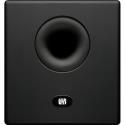
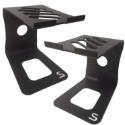
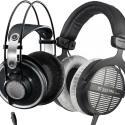
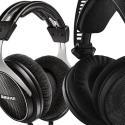
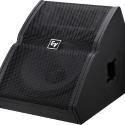


Comments
Mine started buzzing after 2
Submitted by llego (not verified) on
Mine started buzzing after 2.5 years while only using them as desktop speakrs, 95% of the time under 50% of volume;
I contacted presonus for help, here's the outcome:
1. No warranty => you;re on your own
2. I offered to pay for repair => we do not offer repair
3. I asked for amp schematics => we don;t do that
4. I asked for a recognized repair center in my area (europe) => we (presonus) don't know
5. I went to a known good local repair shop => they opened it up and we saw poor quality components (top-cap? capacitors, common TDA7265 amp ic, two power regulators)
PCB is badly made, pads tend to fly away attempting to solder even at low temperature. I decided to get rid of all the components inside, transform them in passive speaker and use external amplifier
Exactly the same thing with
Submitted by David Rees (not verified) on
Exactly the same thing with my Eris 4.5 after 3 years. I will replace them, but not buy a Presonus product ever again.